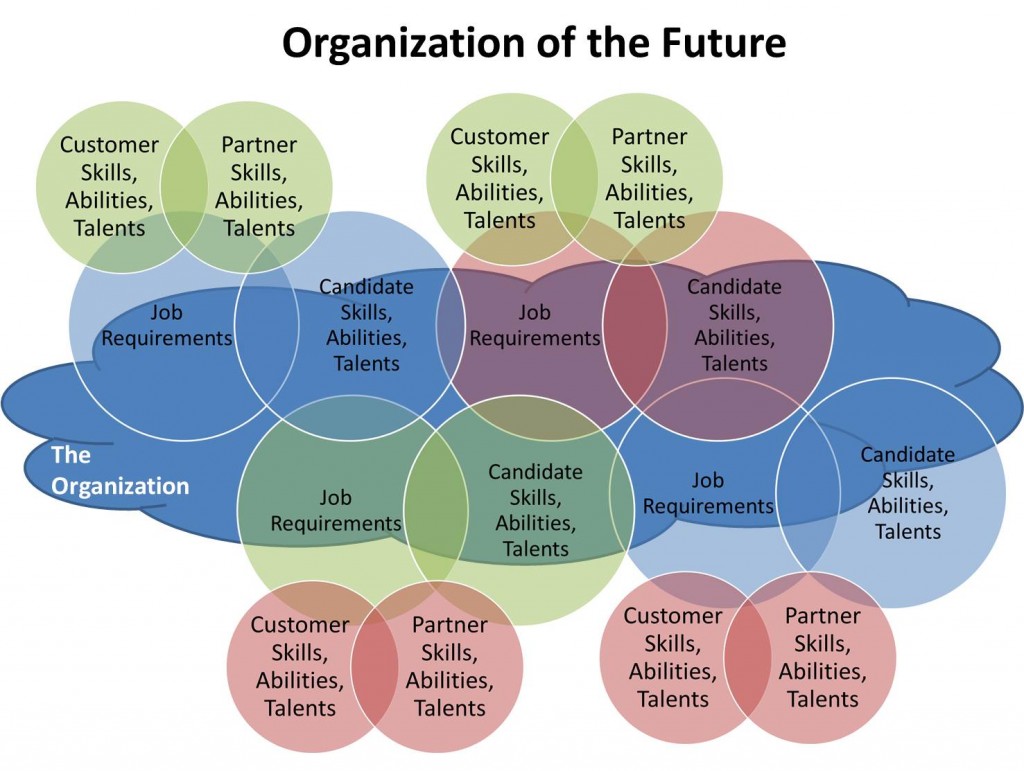
GUEST POST from Robyn Bolton
Why are people so concerned about, afraid of, or resistant to new things?
Innovation, by its very nature, is good. It is something new that creates value.
Naturally, the answer has nothing to do with innovation.
It has everything to do with how we experience it.
And innovation without humanity is a very bad experience.
Over the last several weeks, I’ve heard so many stories of inhuman innovation that I have said, “I hate innovation” more than once.
Of course, I don’t mean that (I would be at an extraordinary career crossroads if I did). What I mean is that I hate the choices we make about how to use innovation.
Just because AI can filter resumes doesn’t mean you should remove humans from the process.
Years ago, I oversaw recruiting for a small consulting firm of about 50 people. I was a full-time project manager, but given our size, everyone was expected to pitch in and take on extra responsibilities. Because of our founder, we received more resumes than most firms our size, so I usually spent 2 to 3 hours a week reviewing them and responding to applicants. It was usually boring, sometimes hilarious, and always essential because of our people-based business.
Would I have loved to have an AI system sort through the resumes for me? Absolutely!
Would we have missed out on incredible talent because they weren’t out “type?” Absolutely!
AI judges a resume based on keywords and other factors you program in. This probably means that it filters out people who worked in multiple industries, aren’t following a traditional career path, or don’t have the right degree.
This also means that you are not accessing people who bring a new perspective to your business, who can make the non-obvious connections that drive innovation and growth, and who bring unique skills and experiences to your team and its ideas.
If you permit AI to find all your talent, pretty soon, the only talent you’ll have is AI.
Just because you can ghost people doesn’t mean you should.
Rejection sucks. When you reject someone, and they take it well, you still feel a bit icky and sad. When they don’t take it well, as one of my colleagues said when viewing a response from a candidate who did not take the decision well, “I feel like I was just assaulted by a bag of feathers. I’m not hurt. I’m just shocked.”
So, I understand ghosting feels like the better option. It’s not. At best, it’s lazy, and at worst, it’s selfish. Especially if you’re a big company using AI to screen resumes.
It’s not hard to add a function that triggers a standard rejection email when the AI filters someone out. It’s not that hard to have a pre-programmed email that can quickly be clicked and sent when a human makes a decision.
The Golden Rule – do unto others as you would have done unto you – doesn’t apply to AI. It does apply to you.
Just because you can stack bots on bots doesn’t mean you should.
At this point, we all know that our first interaction with customer service will be with a bot. Whether it’s an online chatbot or an automated phone tree, the journey to a human is often long and frustrating. Fine. We don’t like it, but we don’t have a choice.
But when a bot transfers us to a bot masquerading as a person? Do you hate your customers that much?
Some companies do, as my husband and I discovered. I was on the phone with one company trying to resolve a problem, and he was in a completely different part of the house on the phone with another company trying to fix a separate issue. When I wandered to the room where my husband was to get information that the “person” I was talking to needed, I noticed he was on hold. Then he started staring at me funny (not as unusual as you might think). Then he asked me to put my call on speaker (that was unusual). After listening for a few minutes, he said, “I’m talking to the same woman.”
He was right. As we listened to each other’s calls, we heard the same “woman” with the same tenor of voice, unusual cadence of speech, and indecipherable accent. We were talking to a bot. It was not helpful. It took each of us several days and several more calls to finally reach humans. When that happened, our issues were resolved in minutes.
Just because innovation can doesn’t mean you should allow it to.
You are a human. You know more than the machine knows (for now).
You are interacting with other humans who, like you, have a right to be treated with respect.
If you forget these things – how important you and your choices are and how you want to be treated – you won’t have to worry about AI taking your job. You already gave it away.
Image Credit: Pexels
![]() Sign up here to get Human-Centered Change & Innovation Weekly delivered to your inbox every week.
Sign up here to get Human-Centered Change & Innovation Weekly delivered to your inbox every week.






 I was reading with interest some of Linkedin’s recent #HowIHire series and in doing so it was interesting to see how many people are still operating under the old, broken hiring paradigm when it comes to the labor market.
I was reading with interest some of Linkedin’s recent #HowIHire series and in doing so it was interesting to see how many people are still operating under the old, broken hiring paradigm when it comes to the labor market.

 I’ve been thinking a lot lately about personal branding, in part because several people have told me that I seem to do it pretty well, in spite of the fact that I would never call myself a personal branding expert or endeavor to make my living as a personal branding consultant.
I’ve been thinking a lot lately about personal branding, in part because several people have told me that I seem to do it pretty well, in spite of the fact that I would never call myself a personal branding expert or endeavor to make my living as a personal branding consultant.
 The old way of winning the talent wars was to search for and hire the very best talent and keep them inside your own four walls by offering them competitive compensation, benefits, and perks. Your hope was that your talent is better than your competitors’ talent. But over the last couple of decades, companies have increasingly found that employees who pursue what they do with passion will outperform an employee with a gun to their head every time. Circuit City learned very publicly that people are not commodities and went out of business from treating them as if they were. At the same time, we know that diversity is very important and hard to foster internally. And so it is to get to this diversity of thought in order to accelerate product launch and innovation timelines that companies must open up – it is a global economy with a global talent pool.
The old way of winning the talent wars was to search for and hire the very best talent and keep them inside your own four walls by offering them competitive compensation, benefits, and perks. Your hope was that your talent is better than your competitors’ talent. But over the last couple of decades, companies have increasingly found that employees who pursue what they do with passion will outperform an employee with a gun to their head every time. Circuit City learned very publicly that people are not commodities and went out of business from treating them as if they were. At the same time, we know that diversity is very important and hard to foster internally. And so it is to get to this diversity of thought in order to accelerate product launch and innovation timelines that companies must open up – it is a global economy with a global talent pool.